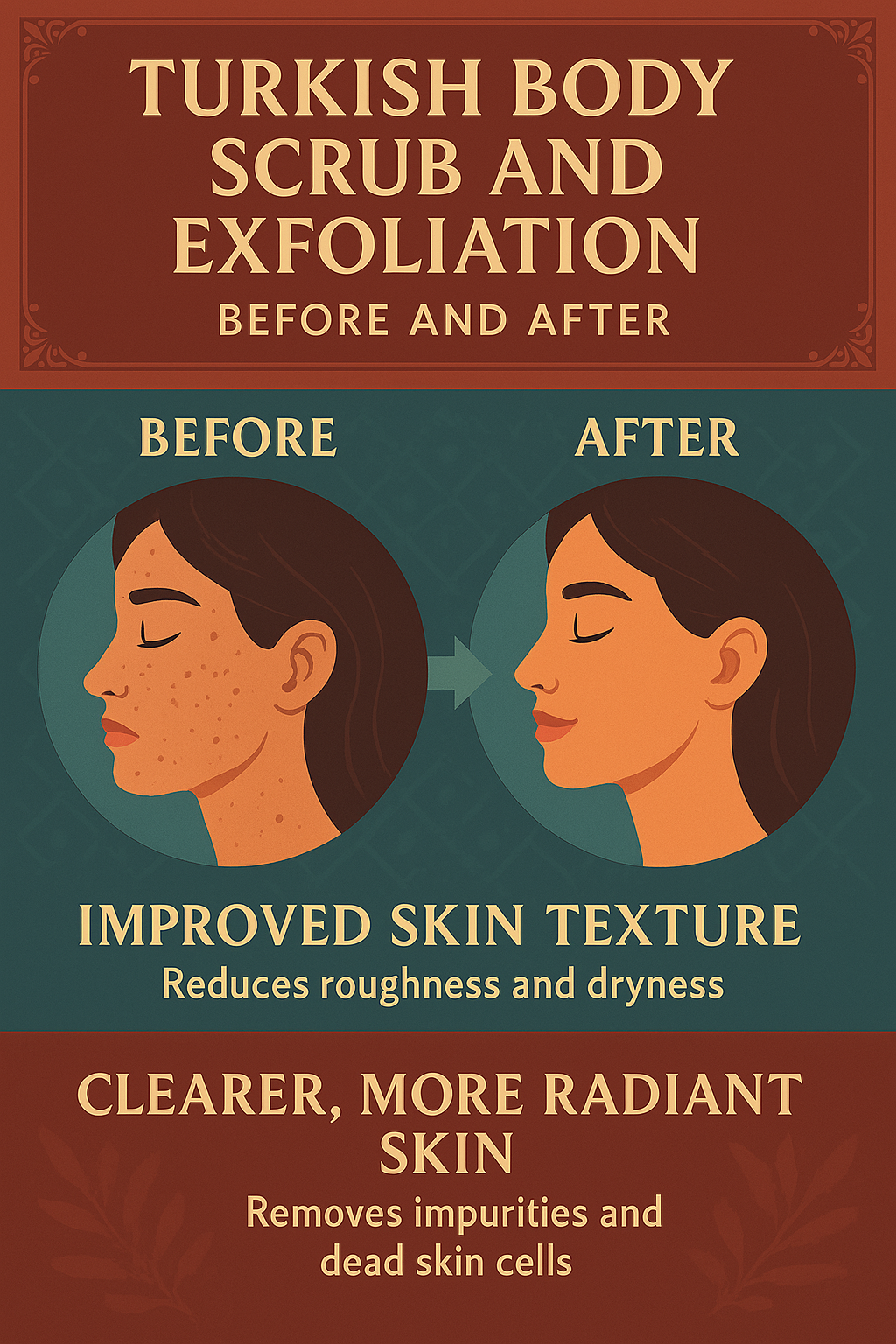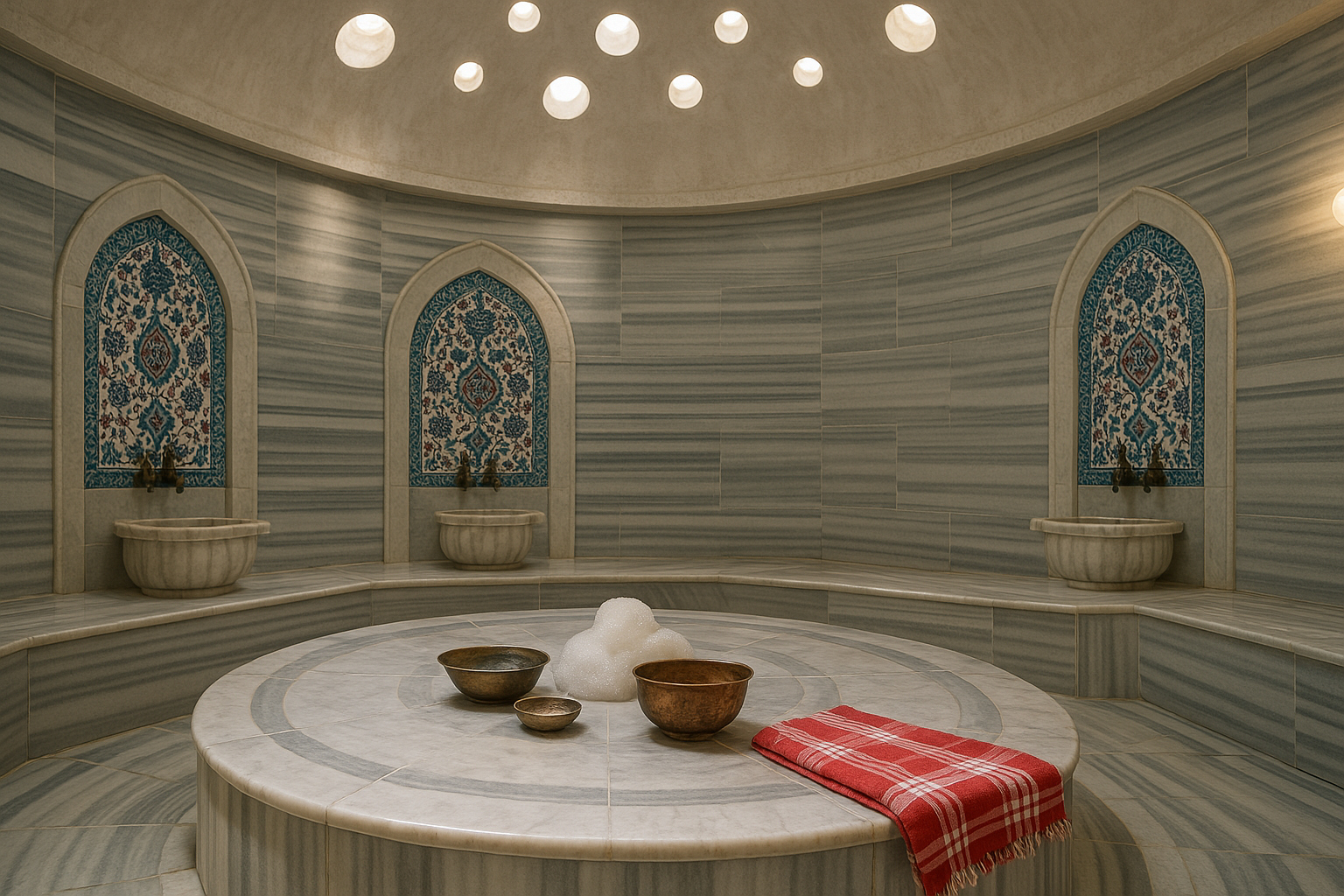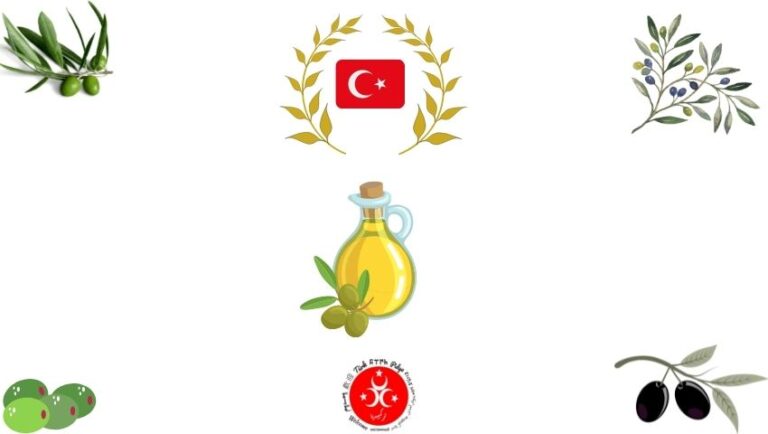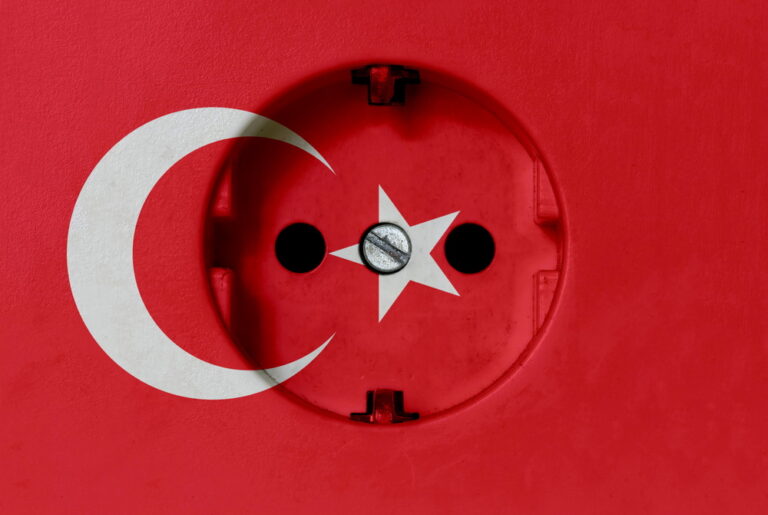Table of Contents
Have you ever found yourself scrolling through Instagram, envying those glowing faces of friends who just experienced something called a “Turkish Hammam” (Turkish bath)? Or maybe you’re planning a trip to Istanbul or Cappadocia and everyone keeps telling you, “You HAVE to try the authentic hammam experience!” but you’re wondering what exactly you’re signing up for?
Well, my friend, you’re about to find out. Get ready, because we’re exploring the steamy world of one of the world’s oldest spa experiences!

When “Taking a Bath” Becomes a Cultural Adventure: Understanding the Traditional Turkish Bath
The Turkish Hammam Temperature Journey
Act One: The Hammam Warm-Up
Your journey begins in a moderately heated steam room (hararet) where your body gradually adjusts to the warmth (around 40-45°C). The air is thick with fragrant steam, opening your pores and relaxing your muscles.
Recline on the heated marble platform, the göbektaşı (belly stone). Feel the warmth seep into your muscles, melting away tension and preparing you for the cleansing ahead.
Act Two: The Preliminary Rinse
After warming, it’s time for the first rinse. Use the traditional copper bowls (tas) to splash warm water (around 38-40°C) from the ornate marble basins (kurna) over yourself, preparing your skin.
This ritual is both cleansing and purifying, a transition between warming and exfoliation. The sensation of warm water on your heated skin is pleasant and refreshing.
Act Three: The Turkish Body Scrub
This is where the transformation happens! An attendant (tellak/natir) uses a rough exfoliating mitt (kese) for a vigorous scrub. The temperature peaks here (42-48°C), ensuring pores are fully open.
You’ll see rolls of dead skin removed – it’s intense but effective, revealing fresh, incredibly smooth skin beneath. This is the core exfoliation process.
Act Four: The Foam Massage
After the scrub, pure bliss arrives. The attendant creates a mountain of soft, luxurious soap bubbles (köpük) using olive oil soap and a special cloth, then massages this cloud of foam over your newly exfoliated skin.
The temperature lowers slightly (back to 38-40°C), making this incredibly soothing. Long, smooth strokes relax muscles and boost circulation. It feels like being enveloped in a warm, soapy dream.
Act Five: The Rinse and Refresh
Following the foam massage, warm water washes away all the soap. This is often followed by splashes of cooler water (around 32-36°C), creating an invigorating temperature contrast.
This contrast helps close your pores, tone the skin, and stimulate circulation. It’s a revitalizing jolt that awakens your senses and signals the end of the intense heat stages.
The Grand Finale: Cooling Down & Tea Time
Finally, you move to the cooling room (soğukluk). Here, the temperature is comfortable (26-30°C), allowing your body to gradually return to normal while you relax wrapped in fresh towels (peştemal).
Often, you’ll be offered traditional Turkish tea (çay) or a refreshing drink like ayran. This is the time to savor the post-hammam glow – skin incredibly soft, muscles deeply relaxed, mind utterly serene.
First things first: a Turkish Hammam isn't just a fancy shower. It's like comparing a microwave dinner to a five-course meal at a Michelin-starred restaurant. Both technically feed you, but the experiences? Not even in the same universe.
Imagine walking into a historic hammam bathhouse where the air is thick with fragrant steam, water trickles melodically from ornate faucets through marble basins, and centuries of Ottoman bathing tradition await you. This isn't just getting clean – it's a Turkish bath ritual that's been perfected since before your great-great-great-grandparents were even a twinkle in someone's eye.
What Actually Happens in There? The Play-by-Play
Act One: The Hammam Warm-Up
Think of this as the preheating phase of your Turkish bath experience. You'll enter a moderately heated steam room (hararet) where your body begins to warm up, your pores start opening, and you might find yourself thinking, "Huh, this isn't so bad!" Don't worry – we're just getting started on your hammam spa journey.
In traditional Turkish hammams, you'll relax on a heated marble platform called the göbektaşı (belly stone). Imagine it as nature's heating pad – the warmth seeps into your muscles, and tension starts melting away like ice cream on a hot sidewalk. This is where the detoxification process begins, as your body prepares for the signature hammam treatments.

Act Two: The Preliminary Rinse
Now that you're all warm and toasty, it's time for a quick rinse. You'll use water from marble basins along the walls to splash yourself down. Think of it as preparing your canvas before the real artistry begins.
Act Three: The Main Event – Turkish Body Scrub and Exfoliation
Here's where things get real in your hammam spa treatment. A hammam attendant (tellak for men, natir for women) approaches with what looks like a rough exfoliating mitt called a kese.
Remember that time you thought your loofah was scrubby? That was adorable.
The hammam massage therapist will proceed to give you a traditional Turkish body scrub with all the gentleness of someone trying to remove stubborn wallpaper. This kese scrub feels... intense. But here's the thing – when they're done with this signature hammam treatment, you'll watch in equal parts horror and fascination as rolls of dead skin slough off your body. It's like your skin is shedding its past and saying, "New phone, who dis?" This deep exfoliation is one of the main benefits of a Turkish hammam.

Act Four: The Foam Massage
Just when you think you can't take any more, the magic of the traditional Turkish soap massage happens. Your hammam therapist creates a mountain of soft, luxurious soap bubbles (köpük) using olive oil soap and a special cloth. This cloud of foam is massaged all over your freshly exfoliated skin in a relaxing Turkish bath massage, and suddenly all is forgiven. It's like being wrapped in a blanket made of dreams and puppies. This foam massage is what makes the hammam experience truly unique and different from other spa treatments around the world.

Act Five: The Rinse and Refresh
After you've been thoroughly soaped and massaged, warm water is poured over you to wash everything away. This is often followed by a splash of cooler water to close your pores and wake up your senses. It's like hitting the reset button on your entire body.
The Grand Finale: Cooling Down & Tea Time
Post-scrubbing, you'll be led to a cooling room (soğukluk) where your body temperature gradually returns to normal. You might be offered traditional Turkish tea or fruit while you bask in the post-hammam glow of your spa day. This is when you'll notice your skin feels softer than a newborn kitten and smoother than your best pick-up line. Many visitors consider this relaxation period one of the top hammam benefits, as it allows you to fully appreciate the rejuvenating effects of the traditional Turkish bath rituals you've just experienced.
The Turkish Hammam Dress Code: What to Wear (Or Not Wear)

Let's address the elephant in the steamy room: what do you wear in a Turkish hammam?
You'll be given a pestemal – a traditional Turkish hammam towel that's thin cotton or silk and wraps around you like a light sarong. Traditionally, people bathed nude underneath this hammam cloth, but modern Turkish baths (especially those catering to tourists in Istanbul or other popular destinations) are more flexible with hammam attire.
The Underwear Debate:
- Women: A bikini bottom and top that covers your back, or just underwear works fine
- Men: Swim trunks or underwear is the norm
Pro tip: Bring a change of dry underwear. Trust me, everything gets wet in there, regardless of your best intentions.
Other essentials to bring:
- Slippers (though many places provide disposable ones)
- Hair tie if you have long hair
- Your own toiletries if you're particular about what touches your skin
And what to leave behind?
- Jewelry and valuables (steam + metal = not a great combo)
- Your inhibitions (well, most of them anyway)
Turkish Hammam Packing Checklist
Never forget your essentials for the ultimate hammam experience
Change of Underwear
A dry set to change into after your hammam – everything gets wet in there!
Slippers
Bring your own or use the disposable ones provided at most hammams.
Hair Tie
For long hair – you'll want to keep it up during the bathing process.
Swimwear/Underwear
Bikini bottoms/tops for women or swim trunks for men to wear under the pestemal.
Personal Toiletries
Optional if you're particular about what products touch your skin.
Tip Money
10-20% is customary for good service from your bath attendant.
Water Bottle
Stay hydrated before, during, and after your hammam experience.
Jewelry
Steam and metal don't mix well – leave your valuables in a safe place.
Phone
The hammam is a phone-free zone – no selfies during the bathing ritual!
Valuables
Leave expensive items and wallets in your hotel safe.
Camera
Photography is typically not allowed inside traditional hammams.
Watches
Even water-resistant watches are best left behind in the steam room.
Inhibitions
The hammam is a relaxing cultural experience – leave your self-consciousness at the door!
Speaking the Language: Essential Turkish Phrases
Want to impress the locals and enhance your experience? Here are some key phrases that'll make you seem like a Hammam pro:
- Merhaba (Mare-ha-ba): Hello
- Teşekkür ederim (Teh-shek-kur ed-er-im): Thank you
- Lütfen (Loot-fen): Please
- Sıcak (Si-jak): Hot (useful if you're melting)
- Soğuk (So-ook): Cold (for when you need a temperature adjustment)
- Peeling yapabilir misiniz? (Peeling ya-pa-bi-lir mi-si-niz): Can you do a scrub?
- Masaj istiyorum (Ma-saj is-ti-yo-rum): I would like a massage
And perhaps most importantly:
- Elinize sağlık (El-ee-nee-zeh saa-lik): Health to your hands – a traditional way to thank someone after they've provided a service
Hammam Etiquette: Don't Be That Tourist
A few simple rules will help you avoid cultural faux pas:
- Inside voice only – the Hammam is a place of tranquility, not the place to recap last night's wild adventures at full volume
- No phone zone – leave the selfies for later; nobody wants to be in the background of your steam-room photoshoot
- Tip your attendant – 10-20% is customary for good service
- Respect personal space – avoid staring at other bathers (yes, even if they have more tattoos than you expected)
- Shower first – it's considered polite to rinse off before entering the main bathing areas
The Boy-Girl Situation: Gender in the Hammam
Traditional Hammams are strictly segregated by gender, with separate sections or times for men and women. This isn't just tradition – it's about creating comfortable spaces where everyone can relax without feeling self-conscious.
Your attendant will always be the same gender as you. Men get tellaks, women get natirs.
Some modern tourist-friendly Hammams offer co-ed options for familes, but even there, the scrubbing and massage usually happen in separate areas.
First-Timer Tips: How to Visit a Turkish Hammam Like a Pro
- Do your homework – read hammam reviews and get recommendations for the best Turkish bath experience in Istanbul, Antalya, or wherever you're visiting
- Book ahead – especially for popular or historical hammams like Çemberlitaş Hamamı or Kılıç Ali Paşa Hamamı in Istanbul
- Hydrate – drink water before, during, and after your Turkish bath ritual (steam makes you sweat!)
- Go with the flow – the hammam therapists know what they're doing; trust the traditional process
- Take breaks if needed – if the heat of the Turkish steam bath gets overwhelming, move to a cooler area
- Planning to tan? – Visit the hammam at the beginning of your Turkey trip so your exfoliation doesn't remove your hard-earned color
- Check hammam prices – Traditional Turkish bath costs vary widely depending on location and services included
More Than Just Getting Clean: The Cultural Heritage of Turkish Baths
When you step into a Turkish hammam, you're participating in a tradition that stretches back to Roman thermae and Byzantine baths, later adapted by Ottoman Turks as part of Islamic cleansing rituals. These historic hammams weren't just places to get clean – they were the social media platforms of their day, where people gathered to socialize, conduct business, and celebrate important life events within Turkish culture.
Those gorgeous domed hammam ceilings and intricate Turkish tile work in places like the famous Sultanahmet hammam? They're not just for the 'gram – traditional hammam architecture was designed for functionality, maintaining the perfect heat and humidity for the Turkish bathing ritual. Many historic hammams in Turkey are considered important cultural heritage sites.
The Bottom Line: The Turkish Hammam Experience is Worth Every Drop of Sweat
A traditional Turkish hammam experience goes far beyond cleanliness – it's a journey into centuries of Ottoman bathing tradition that leaves you not just physically refreshed with amazing skin benefits but culturally enriched from your Turkey travel experience.
Your skin will thank you, your muscles will thank you after the Turkish massage, and your Instagram followers will be green with envy at your newfound hammam glow (and your artsy shots of those beautiful historic hammam domed ceilings in Istanbul).
So the next time someone asks if you want to try a Turkish bath during your Turkey vacation, don't just say yes – say "Evet!" and prepare for what might just be the most memorable spa experience of your life.
Just remember to bring that change of underwear for after your Turkish hammam ritual. You'll thank me later.
Looking for more Turkish hammam tips or trying to find the best hammam in Istanbul? Check out our complete guide to hammam etiquette and the top traditional Turkish baths to visit during your Turkey travel experience.







